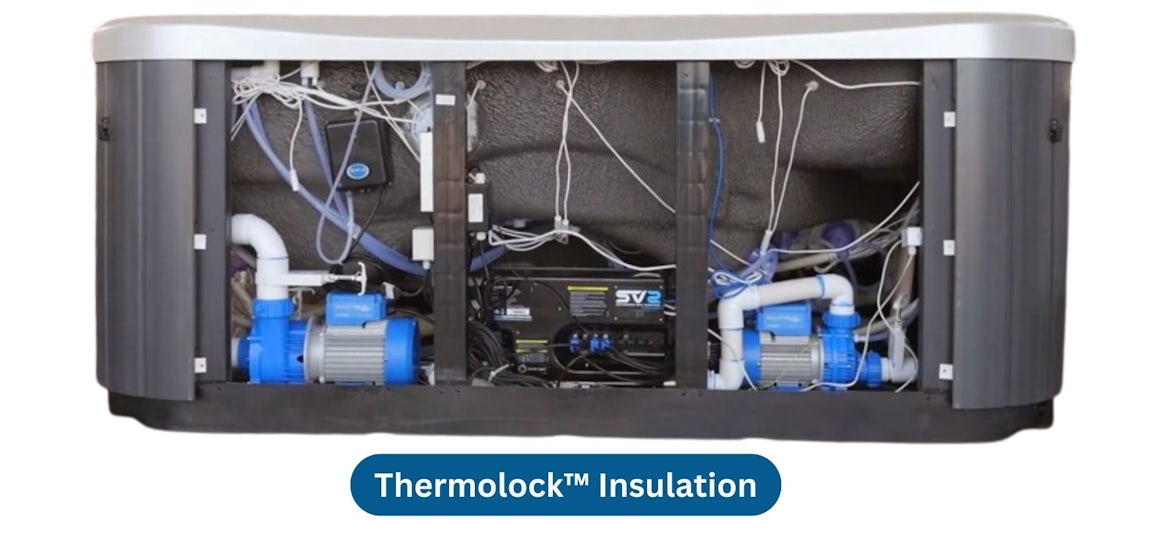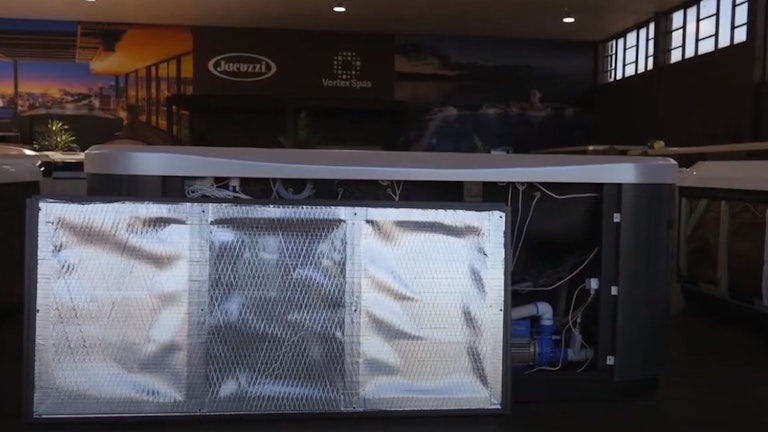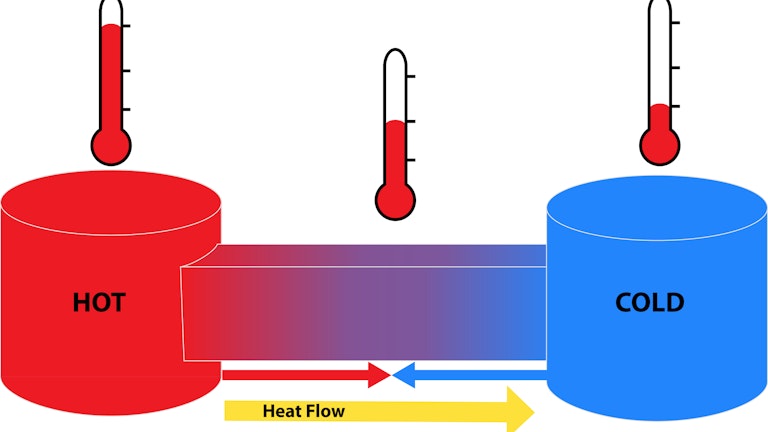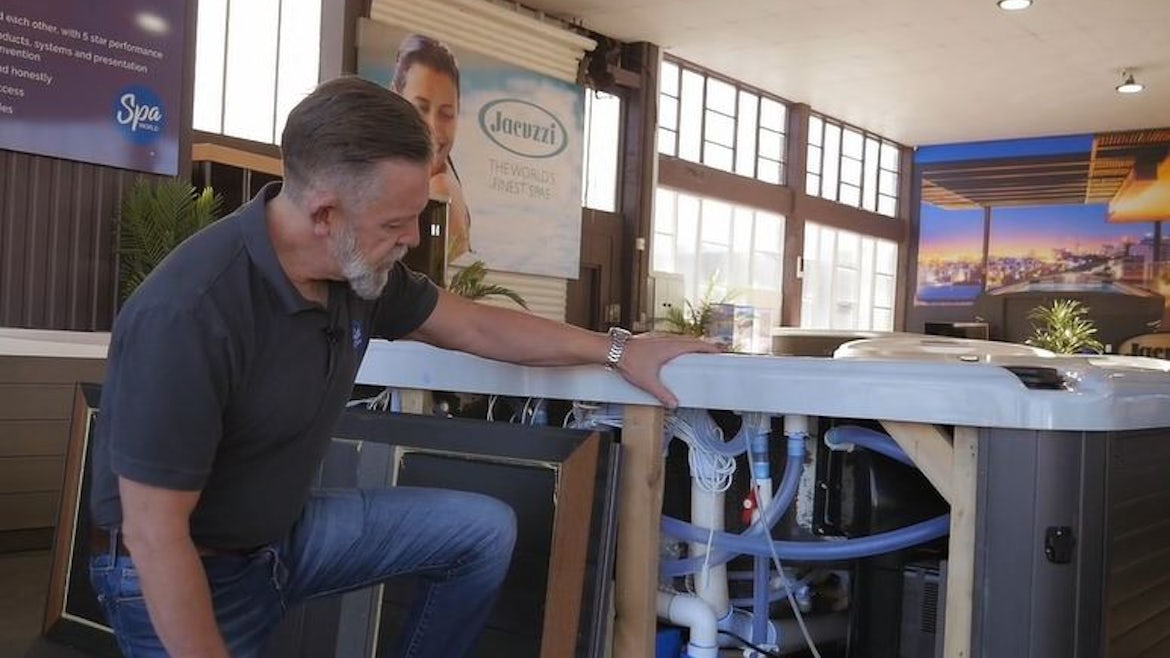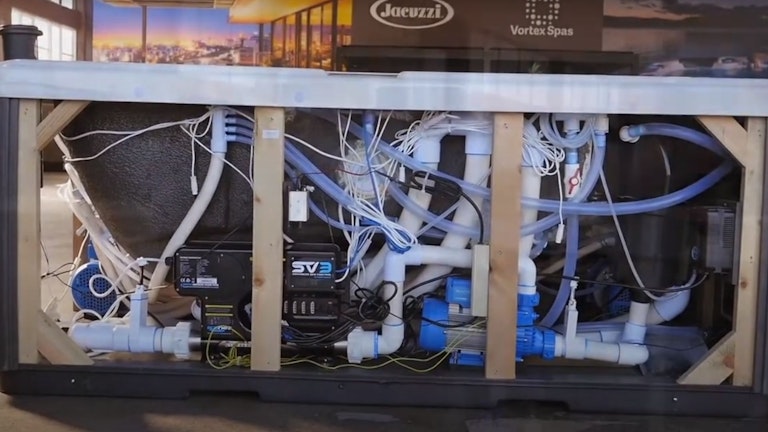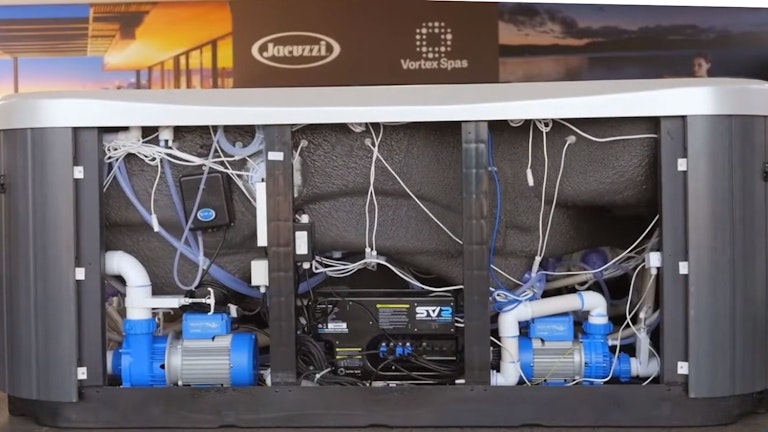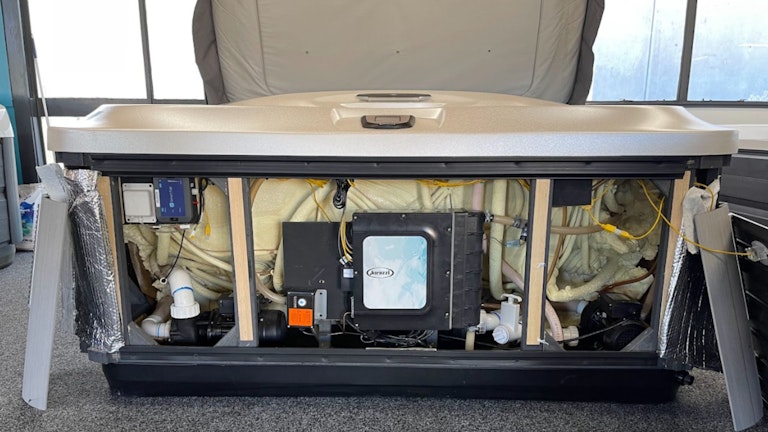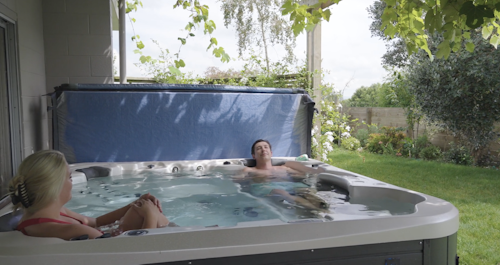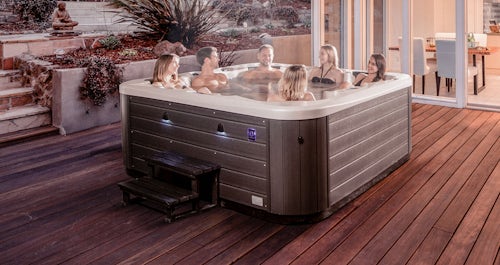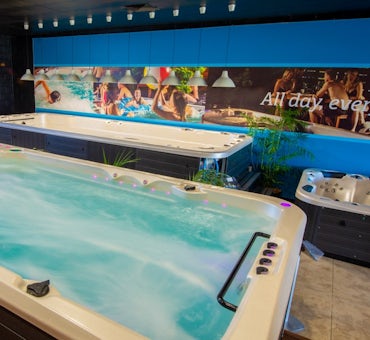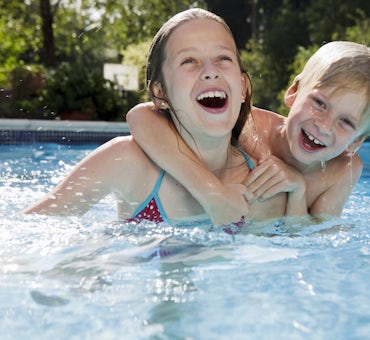Insulation plays a vital role in maintaining water temperature and energy efficiency in spa pools, swim spas, plunge pools, and hot tubs.
If you're thinking of buying a Vortex Spa™, this article can be a valuable resource for your research needs, providing insights into the insulation features of Vortex Spas™.
In this article, you’ll learn:
- Who is Vortex Spas™?
- Why Insulation is important to spa pools, swim spas, plunge pools, and hot tubs?
- What is Thermolock™ Insulation and how does it work?
- What are the key features of Thermolock™ Insulation in Vortex Spas™?
- What are the pros and cons of Thermolock™ Insulation?
- Entry Level Vs Mid Level Vs Premium Spa Insulation
